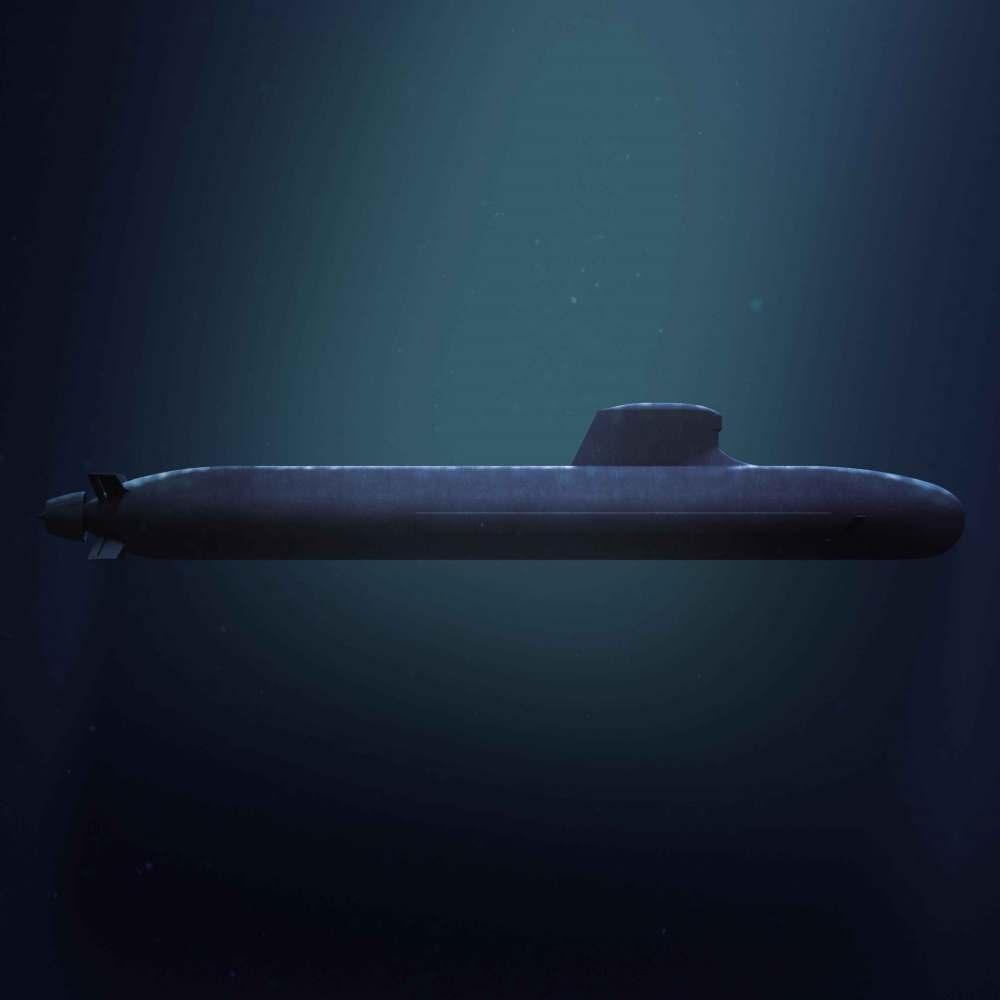
The Australian Strategic Policy Institute (ASPI) has just published an article arguing that Australia should pivot from its current AUKUS plan for acquiring eight nuclear-powered submarines (SSNs) to a more viable strategy involving the construction of at least 12 French SUFFREN-class submarines. The AUKUS plan, which includes 3 submarines from the US and 5 from the UK, is deemed flawed due to increasing risks and uncertainties surrounding supply timelines and operational capabilities.
The author Peter Briggs, a retired submarine specialist and a past president of the Submarine Institute of Australia, highlights several critical issues with the AUKUS approach.
First, the SSN-AUKUS submarines would be oversized, making them less suitable for Australia's needs and complicating crew requirements. The Royal Australian Navy is already facing challenges in staffing its current fleet, and the additional demands of operating multiple submarine designs would exacerbate these issues.
Furthermore, there would be a lack of clarity regarding the British design process, raising concerns about potential delays and performance problems similar to those experienced with previous British submarine projects. In contrast, the SUFFREN-class submarines, already in service with the French Navy, would present a more practical solution. They would be smaller, more cost-effective to operate, and requiring fewer crew members. The SUFFREN design also offers flexibility for various mission profiles while being easier to maintain due to its refuelling requirements.
The article suggests that Australia should make a decision by 2026 to switch to this design, ensuring that deliveries could begin as early as 2038. Hence, while transitioning to the SUFFREN design may be politically challenging, it would represent a more feasible path forward than relying on the uncertain timelines and capabilities associated with the AUKUS plan. This shift would allow Australia to better meet its defence needs without waiting indefinitely for US support.
However, the Australian Submarine Agency has expressed confidence in the US's and UK’s efforts to increase investment in their submarine industrial base. As AUKUS enters its fourth year, the partners continue to reaffirm their commitment to the partnership, emphasizing its role in promoting a free, open, and stable Indo-Pacific region. The ongoing collaboration across various domains underscores the comprehensive nature of AUKUS, that goes beyond the mere procurement of submarines.
In September 2024, the Joint Leaders Statement to Mark the Third Anniversary of AUKUS proudly underlined that “the United Kingdom has made an initial allocation of nearly £4 billion to continue work on SSN-AUKUS, and £3 billion to expand production capabilities across its Defence Nuclear Enterprise. The United States decided to invest USD 17.5 billion into its submarine industrial base. Australia has committed to invest over AUD 30 billion in the Australian defence industrial base and make proportionate contributions to the United Kingdom and the United States to support the production of SSN-AUKUS and to accelerate the delivery of Virginia class submarines respectively.”
Consequently, reverting the decision once again and come back to the French option would be another financial bloodbath – and a political earthquake, as the AUKUS partners have also established principles for engaging additional partners on specific Pillar II projects. Consultations with Japan are underway to improve interoperability with maritime autonomous systems, while discussions with Canada, New Zealand, and the Republic of Korea are ongoing to identify collaboration opportunities on advanced capabilities.
AUKUS Pillar II, focusing on advanced military capabilities, has seen notable progress, indeed. In 2024, the partners began scaling up their ability to launch and recover uncrewed underwater systems from submarine torpedo tubes, enhancing undersea warfare capabilities.
In November, the 3 partner nations in AUKUS have announced the formation of the Hypersonic Flight Test and Experimentation (HyFliTE) Project Arrangement (PA) that will see them sharing testing facilities and share technical information to develop, test, and evaluate hypersonic systems.
Despite these advancements, challenges remain. For example, the Biden administration recently requested emergency funding of $8.8 billion to address shortfalls in the US VIRGINIA-class submarine program, highlighting the complexities of meeting AUKUS commitments.
In brief, the Australian submarine saga is everything but over, and is likely to include new series and plenty of episodes.








